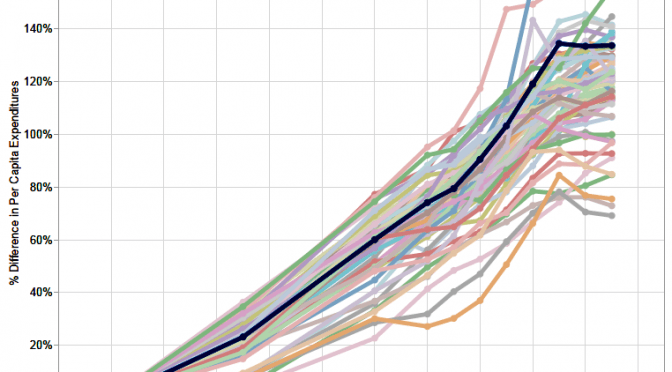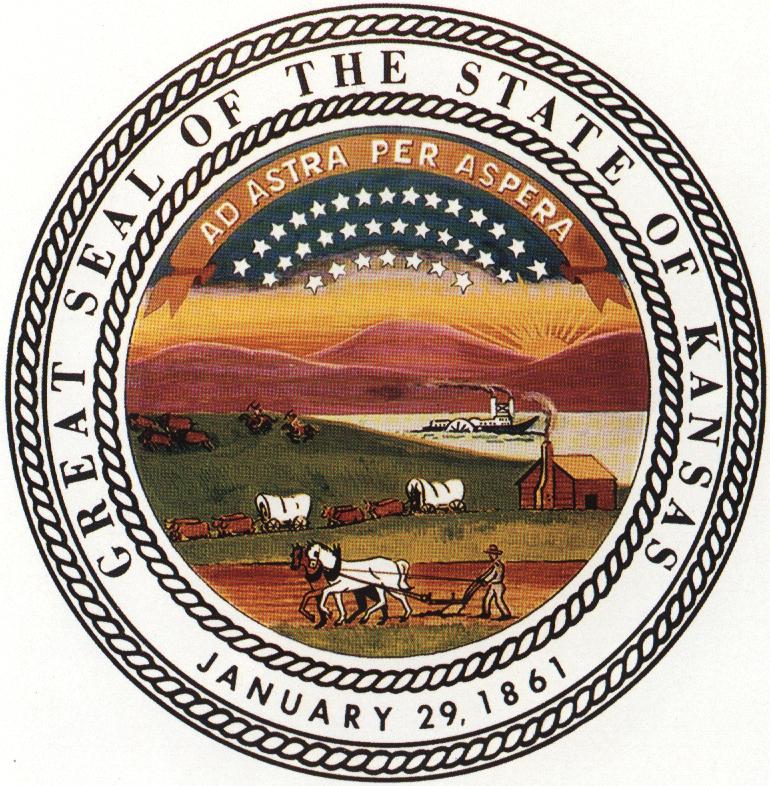Category: Kansas state government
-

Third annual Kansas Freedom Index released
The third annual Kansas Freedom Index takes a broad look at voting records and establishes how supportive state legislators are regarding economic freedom, student-focused education, limited government, and individual liberty.
-

Kansas expenditures, compared to others
Spending by Kansas state and local governments has grown faster than in most other states.
-
Kansas political signs are okay, despite covenants
Kansas law overrides neighborhood covenants that prohibit political yard signs before elections.
-

Kauffman index of entrepreneurial activity
The performance of Kansas in entrepreneurial activity is not high, compared to other states.
-

Kansas economy has been lagging for some time
Critics of tax reform in Kansas point to recent substandard performance of the state’s economy. The recent trend, however, is much the same as the past.
-
Debunking CBPP on tax reform and school funding — Part 4
States that spend less, tax less — and grow more, writes Dave Trabert of Kansas Policy Institute.
-
Myth: The Kansas tax cuts haven’t boosted its economy
While tax reform hasn’t produced the “shot of adrenaline” predicted by Governor Brownback, the problem is one of political enthusiasm rather than economics, writes Dave Trabert of Kansas Policy Institute.
-

Renewables portfolio standard bad for Kansas economy, people
A report submitted to the Kansas Legislature claims the Kansas economy benefits from the state’s Renewables Portfolio Standard, but an economist presented testimony rebutting the key points in the report.
-
CBPP misleading Kansans on revenue
Center on Budget and Policy Priorities is spreading false information about State of Kansas revenues.
-

In Kansas, tax giveaways for job creation found ineffective
Kansas has forked over millions in tax breaks since 2009, but new research says it has been ineffective at accomplishing its main goal: Creating new jobs.
-

Two versions of the Kansas income tax cuts
There are two versions of the Kansas income tax cuts: The Media version and the reality, writes Steve Anderson of Kansas Policy Institute.
-

Kansas not good on spending visibility
The results are in, and the news isn’t good: Kansas continues to plummet in state spending transparency rankings, and it barely squeaked by with a grade of D-minus, according to a report by the U.S. Public Interest Research Group.